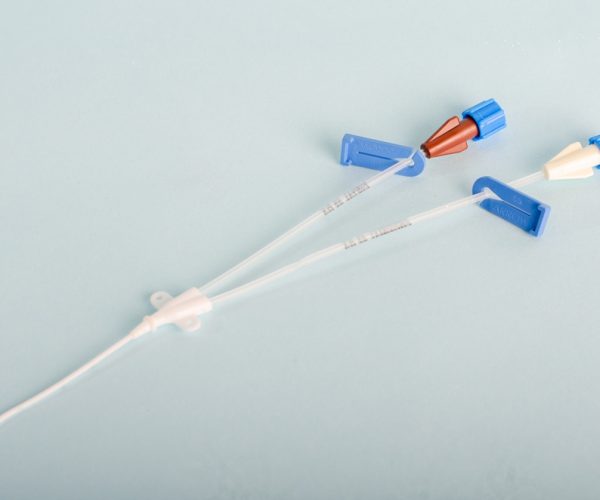What is Dialysis Access Surgery?
Dialysis access surgery establishes a vascular connection that allows efficient removal and filtration of blood during dialysis for patients with kidney failure. Common access types include arteriovenous (AV) fistulas, AV grafts, or central venous catheters. A fistula connects a vein and artery directly, offering the best long-term function, while grafts and catheters serve as alternatives when veins are unsuitable. The procedure is vital for ensuring dependable dialysis sessions and maintaining quality of life for patients requiring chronic renal support.
This procedure helps to:
- Provide reliable access for long-term hemodialysis.
- Ensure efficient blood flow during dialysis sessions.
- Reduce complications associated with temporary catheters.
- Support better dialysis outcomes and overall health.
- Enable continuity of care for end-stage renal disease patients.
What to expect after Dialysis Access Surgery?
Most patients recover within a few days, though fistulas need several weeks to mature before use. Mild swelling and tenderness around the access site are normal. Proper care helps maintain function and prevent infection.
- Mild arm or site discomfort during healing.
- Gradual vein enlargement and improved flow in AV fistulas.
- Regular monitoring for proper blood circulation.
- Avoiding pressure or blood draws from the access arm.
- Lifelong care to preserve access patency.









